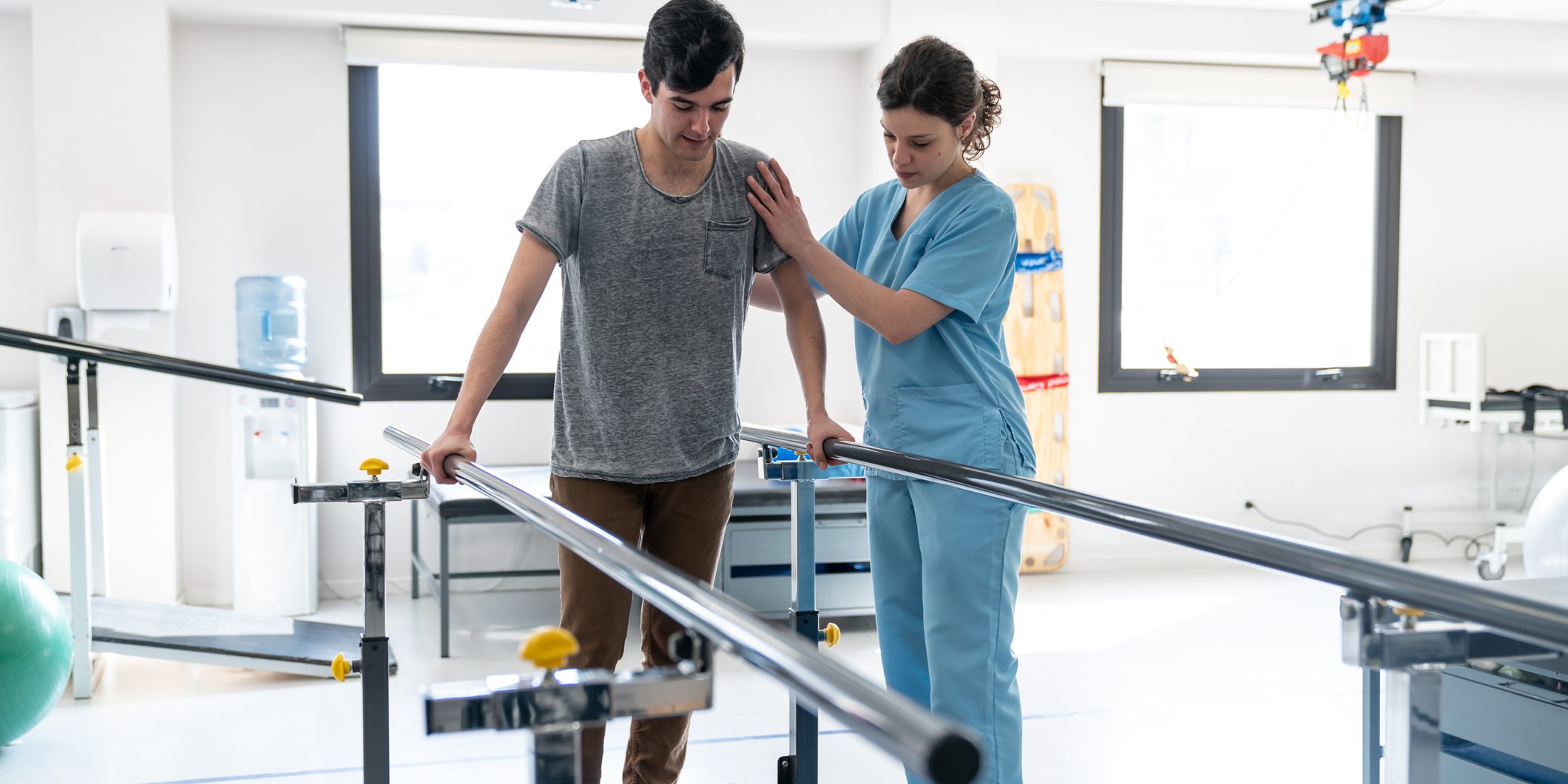Physical medicine treatments like physical therapy, acupuncture and chiropractic care correspond with reduced opioid prescription use among injured workers, a new study has found.
Workers who were treated using physical medicine while also being prescribed an opioid all received lower doses of prescribed opioids compared with workers with similar injuries who did not receive physical treatment, according to the study by the Workers’ Compensation Insurance Rating Bureau of California.
The study shows great promise for reducing opioid use among injured workers, who are all susceptible to the possibility of addiction if prescribed these high-powered painkillers for extended periods of time.
An enormous threat
Opioid overdoses have become one of the biggest public health threats in the United States over the past decade and the costs to the workers’ comp system have been tremendous. That’s because when an injured worker who has been prescribed opioids becomes addicted to them, the insurer will also have to pay for addiction treatment, which in turn increases the cost of the claim and has a negative impact on the employer’s workers’ comp rates.
The use of physical medicine has increased in California since 2014, when the state workers’ compensation fee schedule increased reimbursements for these treatments. The study found that since then, physical medicine has accounted for a larger proportion of total medical costs per claim.
But the increased expenditures may be worth it if opioids are also prescribed to injured workers. The Rating Bureau found that:
- For claims involving physical medicine, there was a continuous and sharp decline (86%) in the utilization of both opioids and other pain medications.
- Meanwhile, there was a rapid increase (70%) in the concurrent use of physical medicine treatments and medical treatments other than pain medications.
- Among soft-tissue injury claims that had at least one opioid prescription within one year of the injury, those with early physical therapy had, on average, significantly lower doses (23%) of opioids prescribed than similar claims without early physical treatment.
- Soft-tissue injury claims involving physical therapy during the first 30 days of the initial medical visit were less likely to initiate opioid use within one year of the injury, compared to similar claims without early treatment.
- While chiropractic care was less frequently used on soft-tissue injury claims, its early use was found to be associated with a significantly lower probability of opioid use.
Increased contact beneficial
Some experts also say that increased contact with an injured worker can reduce the chances of them abusing these high-powered painkillers.
Physicians who treat injured workers tend to spend significantly less time with them compared to doctors treating group health plan patients, according to a report in the trade publication <i>Carrier Management</i>.
Having more one-on-one time with their treating physician, group health patients are often better educated about the types of treatment available to them, including opioid alternatives. As a result, these individuals are less likely to get a prescription that may not be the best treatment option for them.
Opioids can delay an injured worker’s return to work. Sadly though, workers who take opioids for more than three months usually don’t return to work at all, due to dependence or other side effects, according to a study by the American Psychiatric Association Foundation.
Not only that, but a person using opioids can pose a danger to themselves and others while on the job. And workers with a pain-medication use disorder miss an average of 29 days a year of work, according to the Centers for Disease Control.
The takeaway
If you have an injured worker, you can talk to your workers’ comp carrier’s claims adjuster about possible physical medicine approaches:
- If there are opioids prescribed, talk to the insurer about how you can play a supporting role in trying to prevent the worker from spiraling into addiction.
- To best reduce the chances of opioid abuse, there should be a collaboration between the claims adjuster, nurse case manager, treating physician and the employee.
- The treating physician should continuously monitor the injured worker throughout the life of the claim, and the doctor should be in regular communication with the claims adjuster.
- There are many alternatives to opioid treatment, including acupuncture, cognitive behavioral therapy, physical therapy, chiropractic treatment and yoga.


